
Badertscher Preserve: The Prairie Enthusiasts aid with restoration efforts
May 23, 2022 | Topics: Places
By Eddee Daniel, with input from Tom Zagar and Dan Carter
We begin in a meadow that has the forlorn and disheartening appearance of a battlefield after the bodies have finally been carted away—at least it gives me that impression. We stumble across uneven ground, tripping on the numerous protruding stumps of ravaged trees and shrubs. Here and there the somber gray land is even scarred with ash pits, as if from cannon fire. My companions, however, move with greater assurance than I, bending now and then to inspect something close to the ground, invisible from a distance: tiny shoots of green bringing glimmers of new life to a landscape that reeks of death.
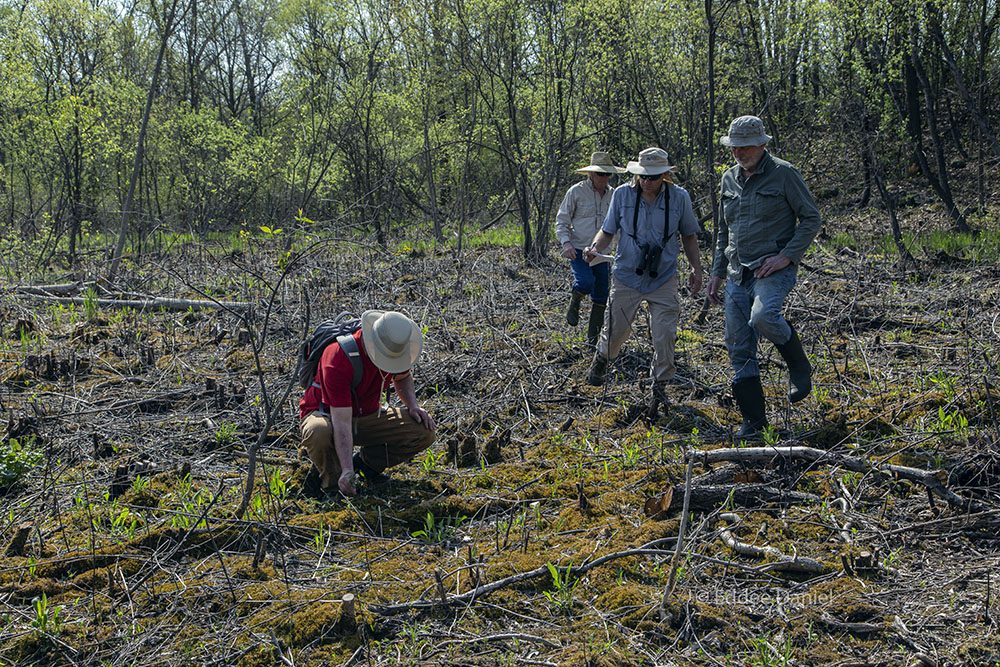
The metaphor of a battlefield is in fact not too far from the truth. The enemy here, however, was invasive buckthorn. The innumerable stumps give a sense of how overwhelming the odds and pitched the battle must have been. The ash pits where huge piles of cleared trunks and branches were summarily burned are all that remains of the pestilent horde. The new shoots and a few spring blossoms popping up amidst the debris are early signs of a successful campaign. And while I can name a few of the flowers that are already blooming this early in the season, I am with a team who know intimately and can readily identify even the most miniscule of shoots.
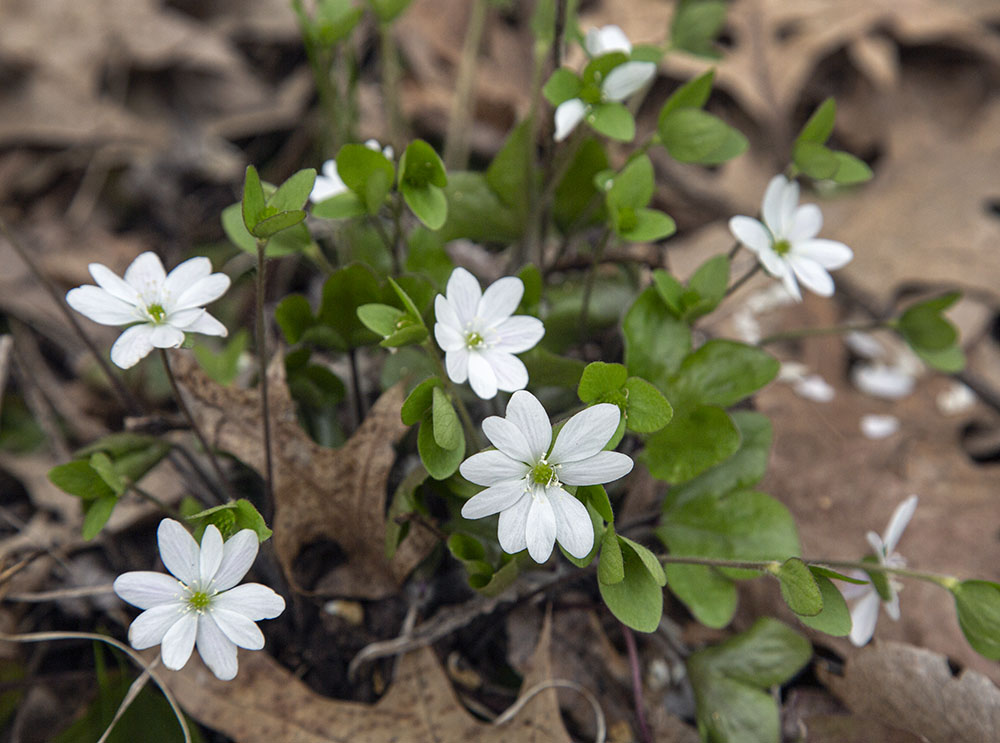
These are The Prairie Enthusiasts, an aptly named nonprofit organization dedicated to “the perpetuation and recovery of prairie, oak savanna and other associated ecosystems of the Upper Midwest.” The Prairie Enthusiasts team—Dan, Walter and John—were invited by Tom Zagar, Land Manager of Badertscher for the City of Muskego, to identify existing plants and develop a management plan for the future. Priorities include additional invasive species management, seeding with appropriate native plant species, and conducting prescribed burns.
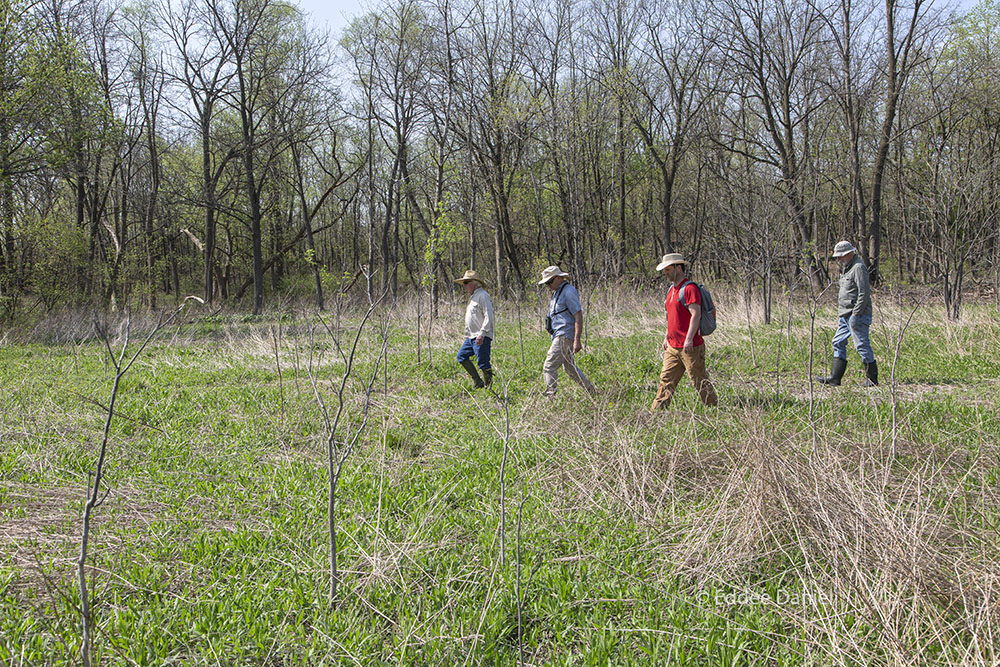

The “battlefield” with its tangle of stumps is a wetland known as a “sedge fen,” which is a meadow dominated by tussock sedge. It includes seeps of calcareous (calcium-laden) groundwater that has a high pH (i.e., more alkaline). There is also an active spring feeding a small rill, tributary to the creek that runs through the preserve. A profusion of wetland-loving marsh marigolds in this vicinity adds a little bright color to the otherwise dour, monochromatic meadow. According to Zagar, “the site had been degraded by agricultural uses in the past one and a half centuries and invaded with nonnative shrubs in the past fifty years.” However, he adds that “it still has restoration potential as several common and some relatively uncommon native species still exist.”
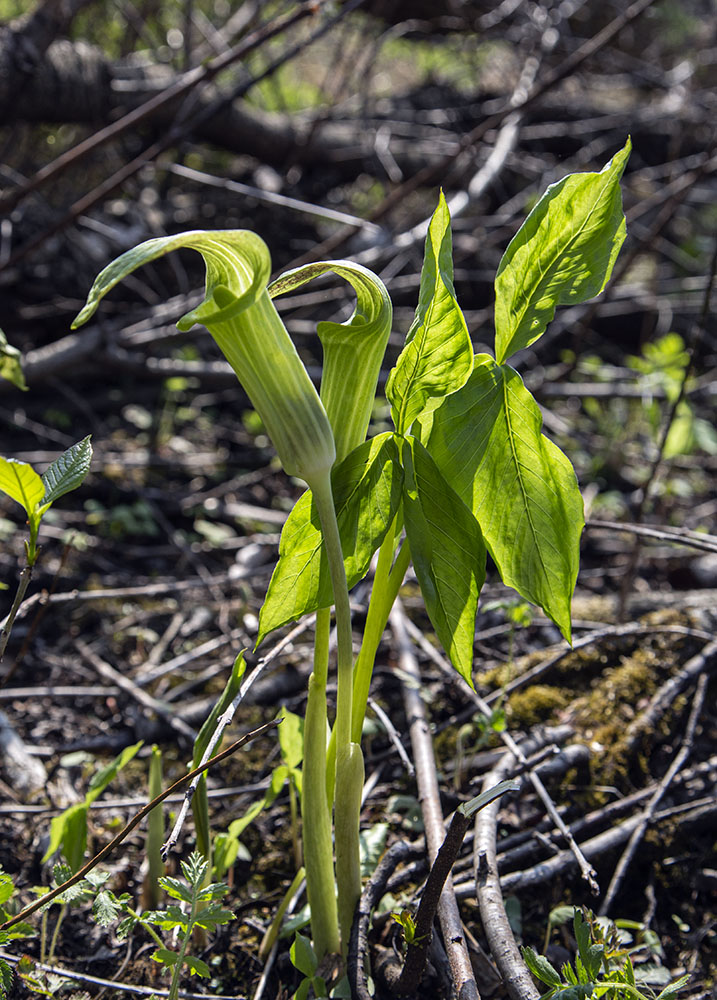
After thoroughly crisscrossing the meadow we jump over the creek and slowly make our way up a slope. Zagar explains that we are in an ecotone—a transition zone—between the creek and the forested drumlin ahead. Oddly, it seems to me, we cross what he calls “perched” wetlands, at higher elevations than I would have expected, which result from seeps on the upland slope. As we climb, he points out a number of small sugar maples that have been cut and toppled. Larger ones have been girdled. We are entering a white oak woodland threatened by this undergrowth of maple and basswood and the excessive shade those species bring. These are now being culled.
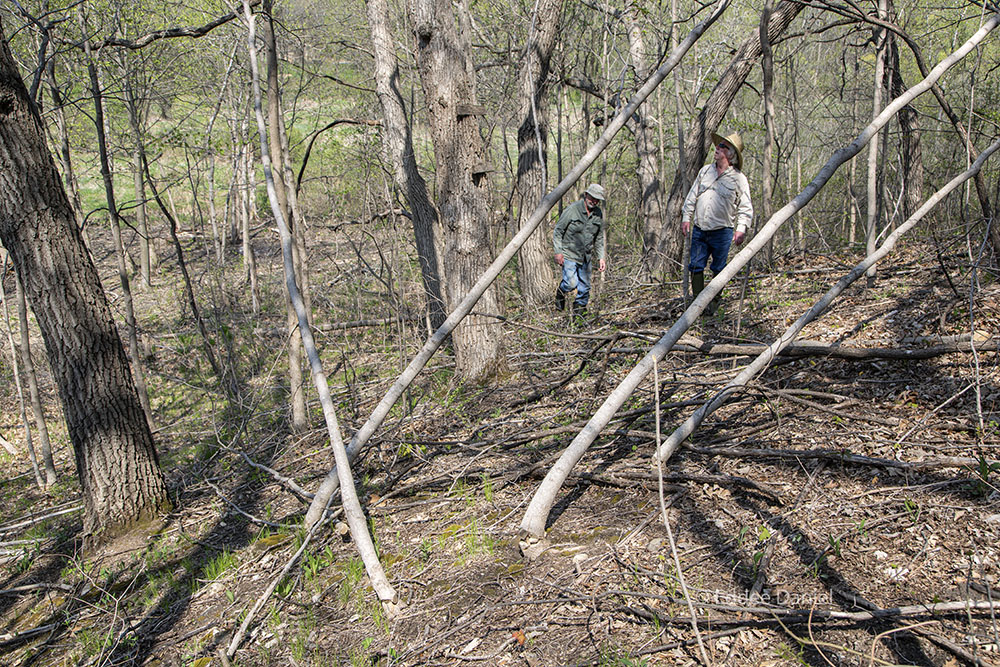
The Prairie Enthusiasts are, well, enthusiastic about the prospects of restoring the oak woodland, which, as Dan Carter explains, is considered a subtype of oak savanna (because it contains a 50-100% canopy). They are encouraged by finding “good coverage of healthy herbaceous species” in the understory, including Pennsylvania sedge, Robin’s plantain, and northern bedstraw.
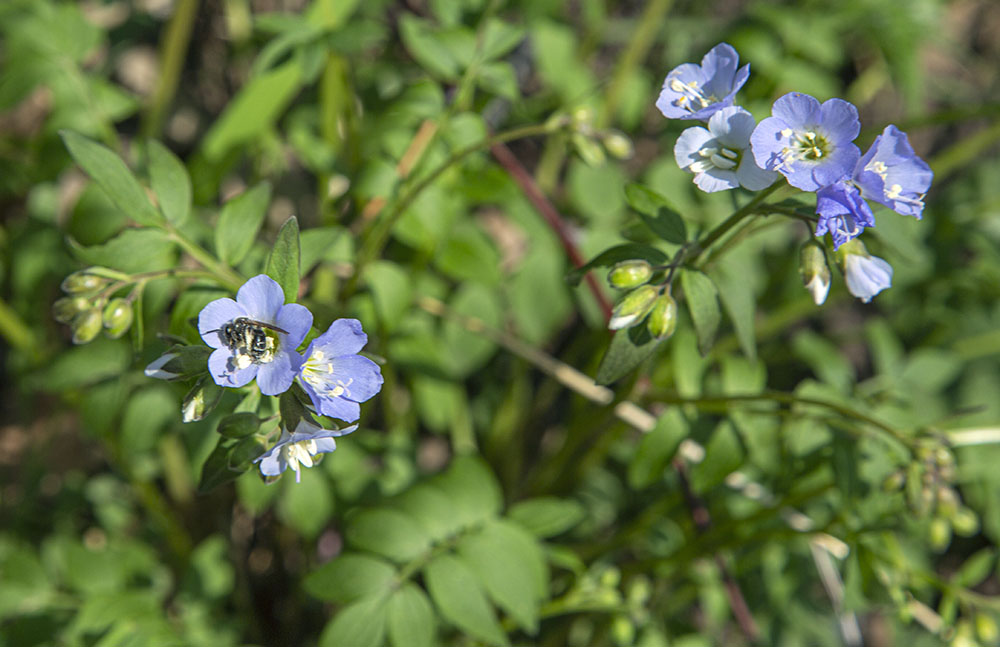
“This means it will be easier to return fire to the system,” Carter says, “because burning won’t depend on leaf litter alone (the sedge will carry fire), and it will be easier to add missing species back. The remaining low, native vegetation lets through enough light for seedlings while simultaneously tending to suppress fast-growing, weedy species. Low, grassy/sedgy native vegetation is also required for white oak regeneration in oak woodlands, because taller vegetation discourages acorn caching, increases acorn predation by rodents, and shades out oak seedlings.”
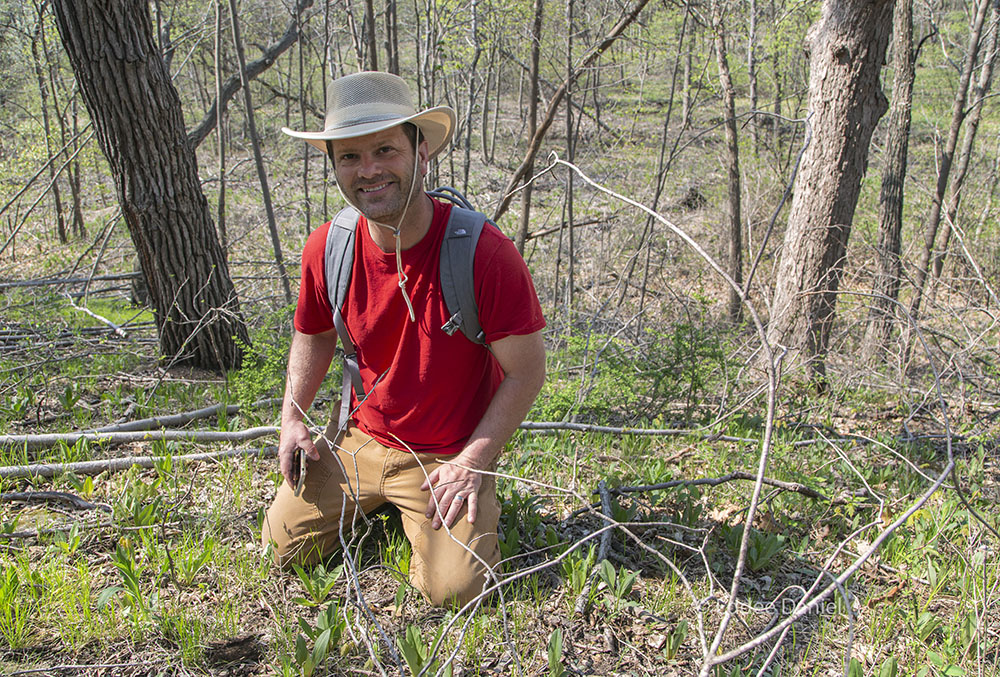
Fire, to be clear, is key to restoring and maintaining both the sedge meadow and oak woodland ecosystems. Historically, it has been the suppression of fire as much as anything else that has led to the degradation of these places. Hence the use of controlled (or prescribed) burning as part of the management plan going forward. As we walk, The Prairie Enthusiasts identify a slew of native species already present—Shooting star, Prairie Alumroot, Robin’s plantain, Short’s aster, Culver’s Root, Starry campion, Northern bedstraw, Golden Alexander—that will benefit immediately from the removal of the smothering invasive ones.

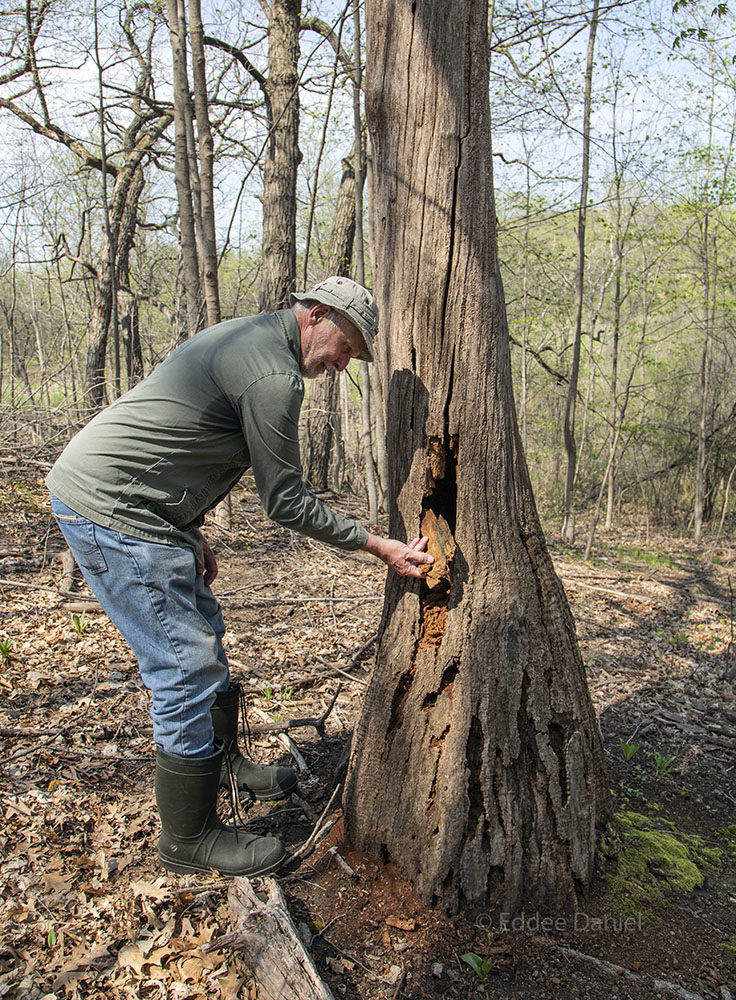
We have learned a lot in the last 150 years. We’ve learned to pillage the Earth with great efficiency; we’ve also learned that doing so will not in the long run benefit either humanity or the natural systems that sustain us. We’ve learned that those natural systems can be grievously degraded; but also that we have the power not only to degrade but to repair and that we must take responsibility for doing so.
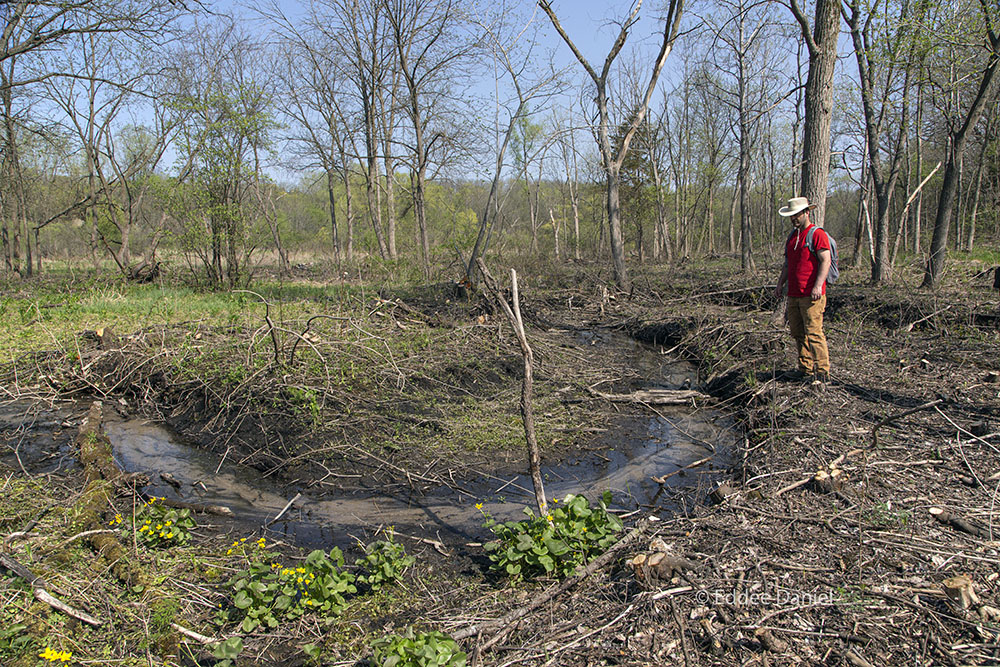
Few of the flowers identified by The Prairie Enthusiasts are blooming right now and the meadow is likely to look like a battlefield for some time. But I look forward, with enthusiasm, to coming back when its natural beauty is restored!
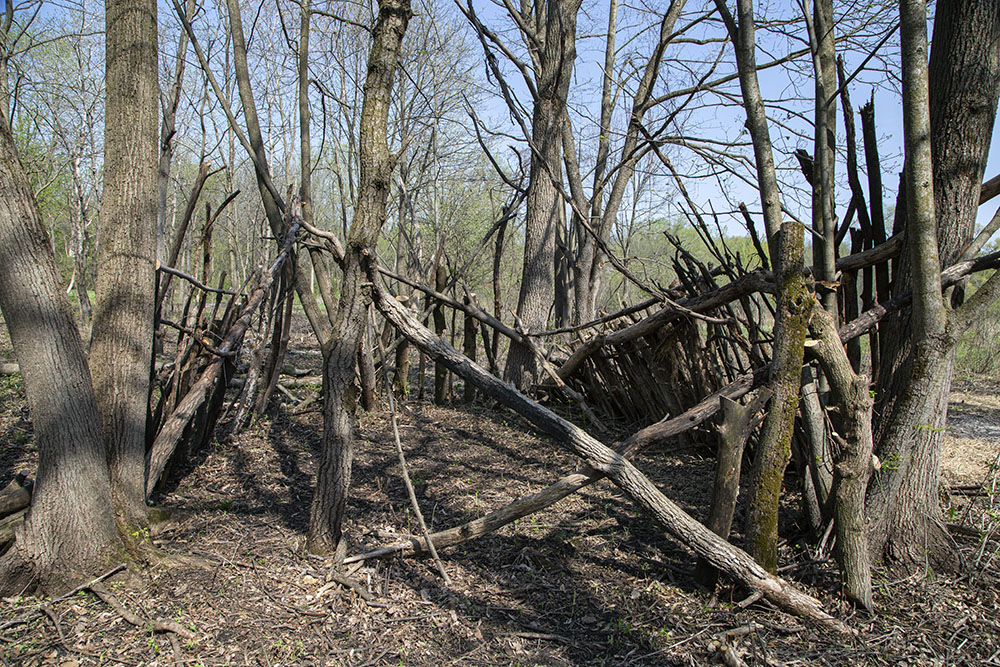
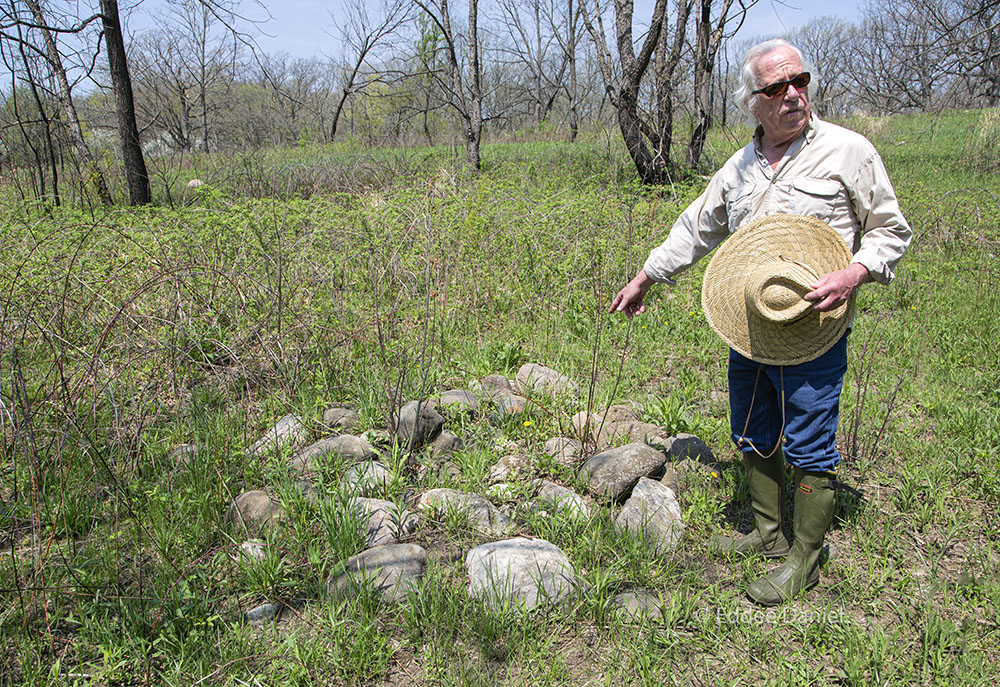
For more information about Badertscher Preserve go to our Find-a-Park page.
Related stories:
Badertscher Preserve in Midsummer
Badertscher Preserve in Muskego: A Hidden Gem
Tom Zagar is the Conservation Coordinator for the City of Muskego, which owns and maintains Badertscher Preserve. Dan Carter is Landowner Services Coordinator for the Glacial Prairies District of The Prairie Enthusiasts. Eddee Daniel is a board member of Preserve Our Parks.

